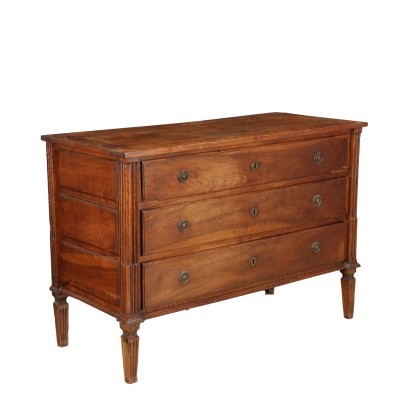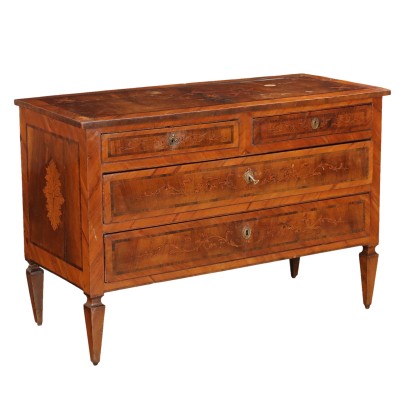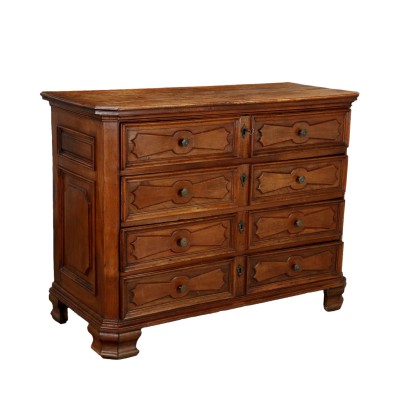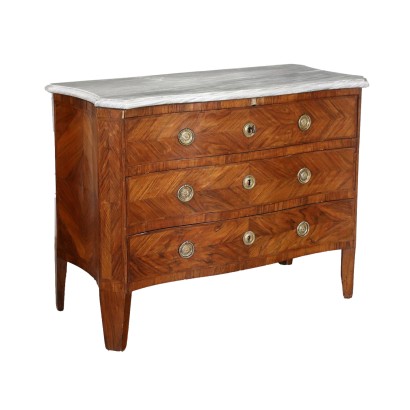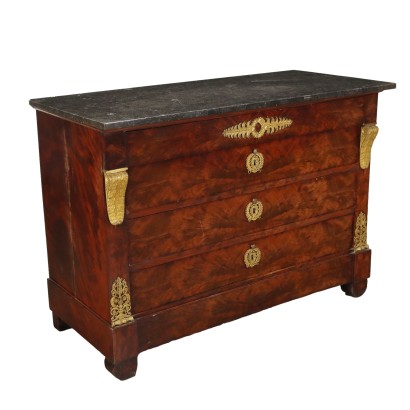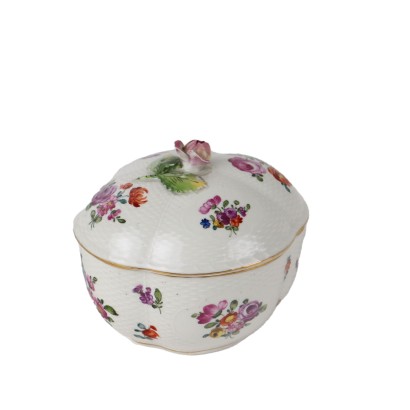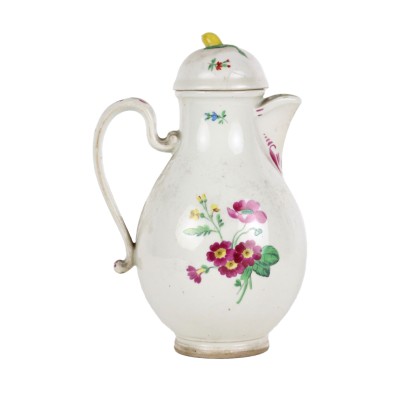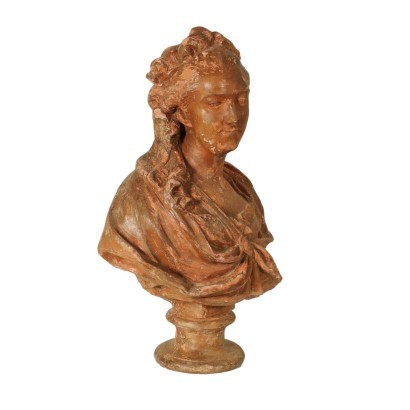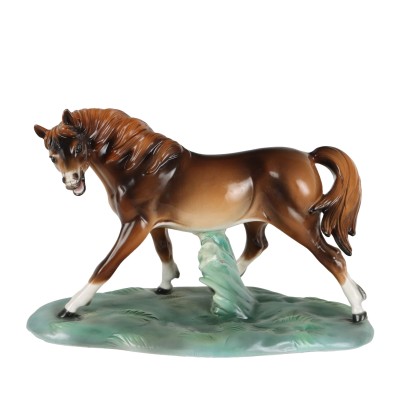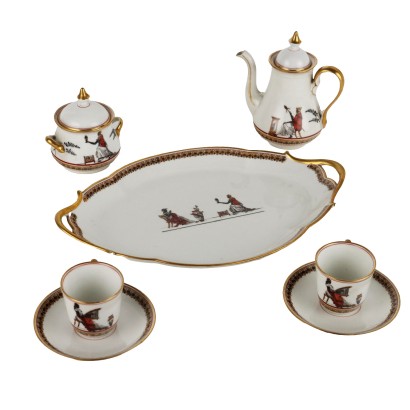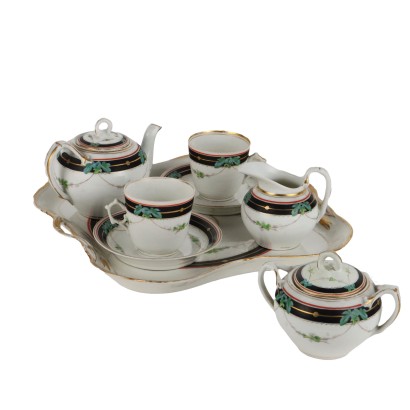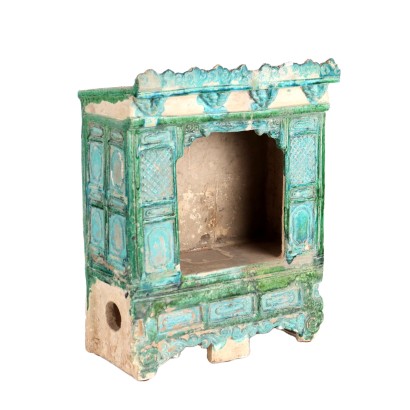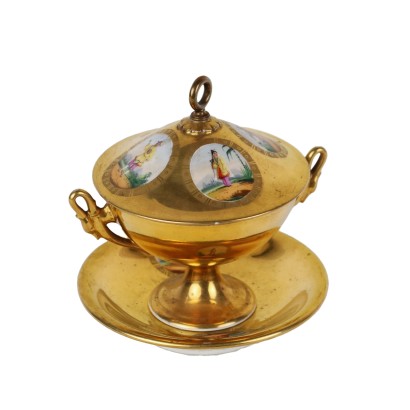Neoclassical Chest of Drawers Walnut Italy XVIII Century - Emilia-Romagna Last Fourth of the 18th Century
Features
Emilia-Romagna Last Fourth of the 18th Century
Style: Neo-Classical (1765-1790)
Age: 18th Century / 1701 - 1800
Origin: Emilia Romagna, Italy
Description
Emilian neoclassical chest of drawers in walnut, last quarter of the 18th century. Three drawers on the front, sides with carved tiles, grooved and rudentate uprights ending with grooved truncated pyramidal feet. Interior in walnut and poplar. Feet replaced.
Product Condition:
Product that due to age and wear requires restoration and resumption of polishing.
Dimensions (cm):
Height: 93,5
Width: 132
Depth: 60,5
Additional Information
Style: Neo-Classical (1765-1790)
This historical period includes a first phase that can be properly defined as the Louis XVI style.nOnly at a later time, with the maturation of archaeological fashions, was a new vision of furnishing civilization formulated and codified, now fully attributable to the Neoclassical Style.
In fact, both trends coexisted in unison until the last years of the eighteenth century.
nIn the field of cabinet making, the Directoire, Retour d'Egypte, Consular and Empire styles also fall within the neoclassical era.
nFind out more about Neoclassicism with the insights from our blog...
n



